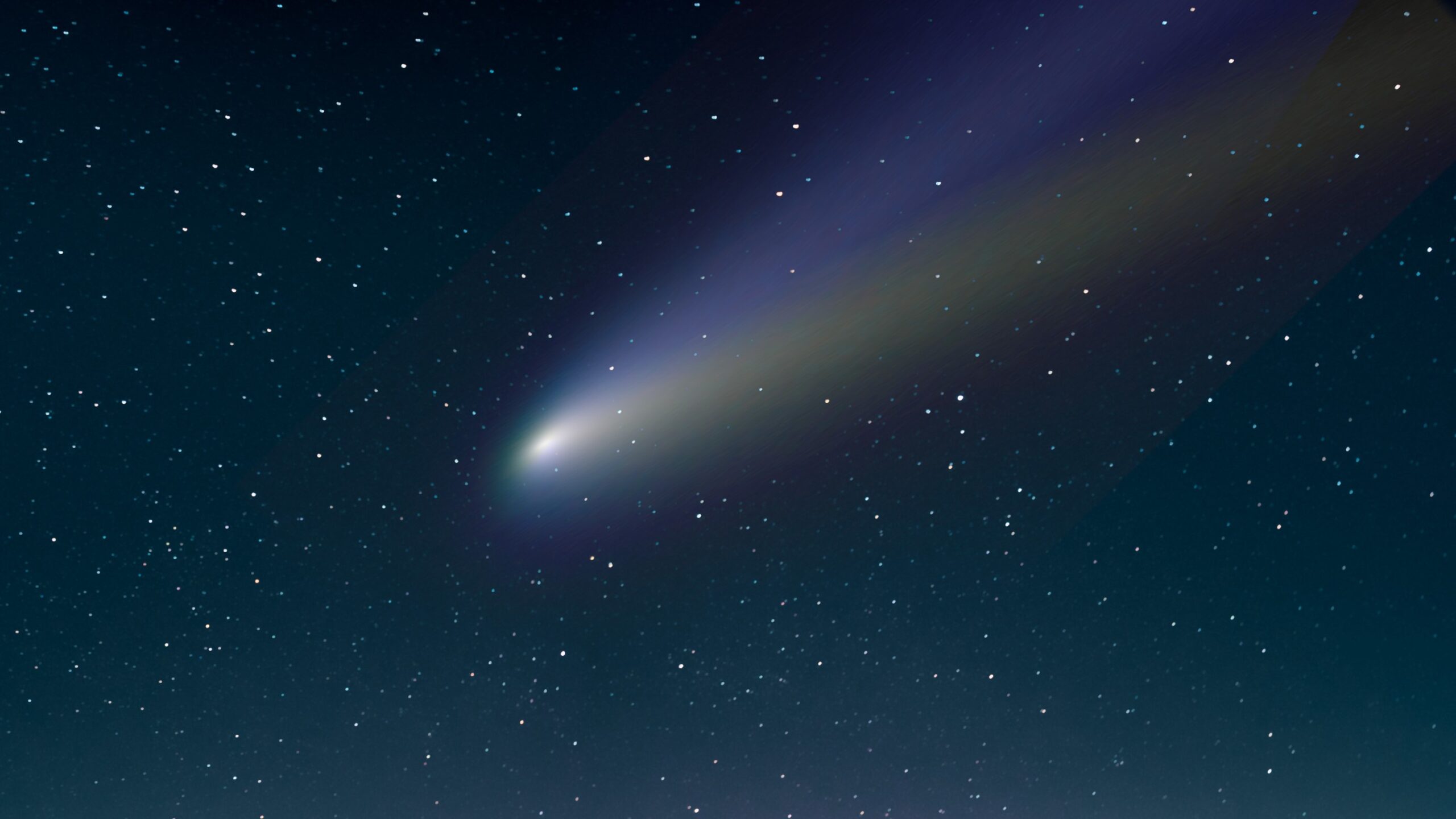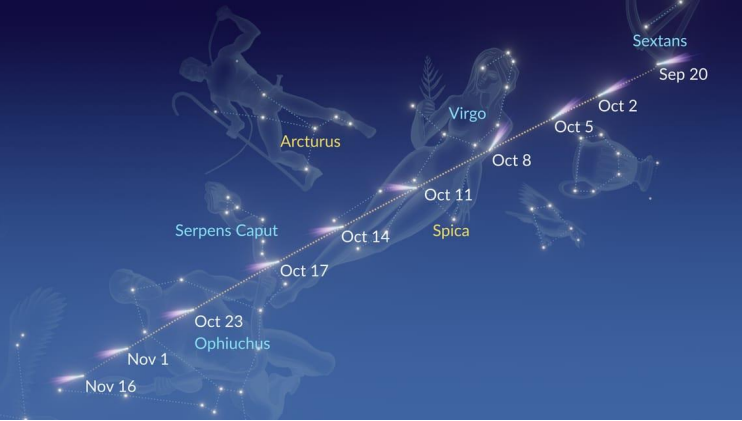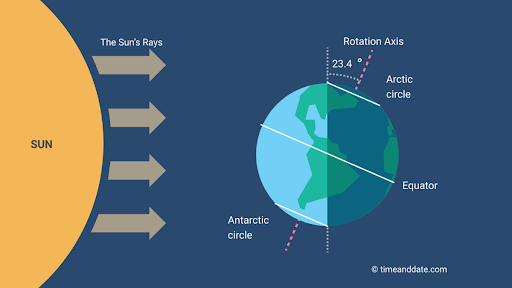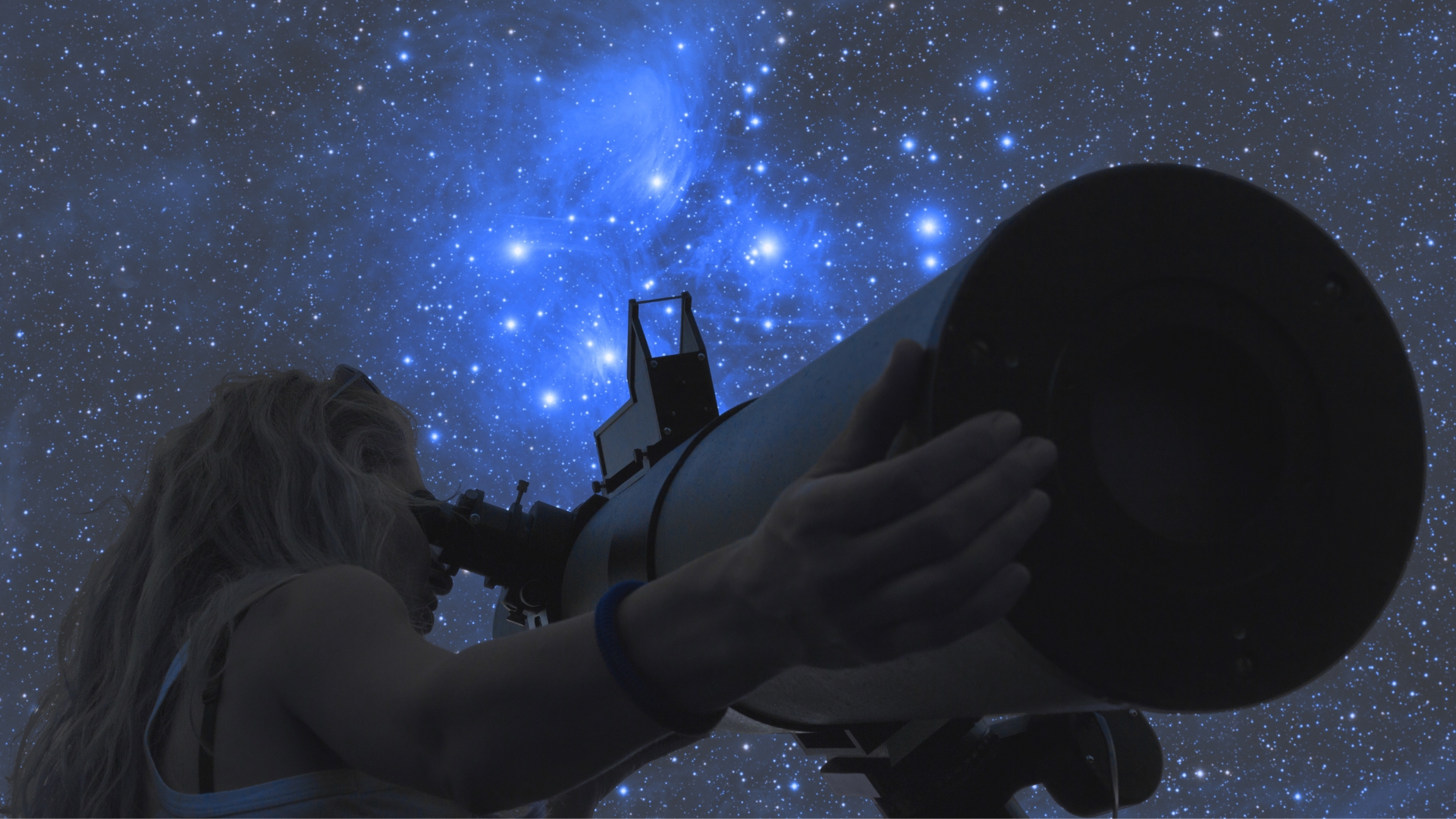Winter Solstice: When the Longest Night Brings Hope
Winter nights hold a special place in my life as a stargazing expert. Standing outside under open skies, wrapped in warm layers, beside the telescope, I guide people as they[…]
by Abhishek Stargazing Expert
October 11, 2024

Comets have long captivated our imaginations, and this October, skywatchers are in for a treat with the appearance of C/2023 A3 (Tsuchinshan-ATLAS). This remarkable icy visitor from the outer solar system is shaping up to be the brightest comet in over a decade, with an impressive tail that promises a stunning display.
Discovered on January 9, 2023, by the Purple Mountain Observatory in China, and independently spotted by ATLAS South Africa a month later, C/2023 A3 recently reached a magnitude of 0.4 on October 2, overtaking the beloved C/2020 F3 (NEOWISE), which peaked at 0.9. For those in the Northern Hemisphere, it will be visible to the naked eye from around October 11, making this a prime opportunity for amateur astronomers and casual stargazers alike.
As C/2023 A3 approaches the Sun—passing at a distance akin to Mercury’s orbit— its coma of dust and ice has been heating up, leading to a stunning display. Currently, the comet boasts a long tail stretching 21° in the sky, roughly 42 times the size of the Full Moon. This spectacular tail is formed as ice particles evaporate, carrying away dust that creates a bright and elongated tail. Comets that swing close to the Sun tend to have the most dazzling tails, and C/2023 A3 is no exception.
Comet C/2023 A3 is a comet from the Oort cloud which was discovered by the Purple Mountain Observatory in China on 9 January 2023 and independently found by the ATLAS South Africa on 22 February 2023. The comet passed perihelion at a distance of 0.39 AU (58 million km; 36 million mi) on 27 September 2024, when it became visible to the naked eye.
Here’s what you can expect for the visibility of C/2023 A3 in the coming weeks:
October 2-9: The comet’s magnitude ranges from 0.0 to -3.0. While too close to the Sun to be seen with the naked eye, it can be observed through telescopes in the morning. Optimistic forecasts suggest it could reach magnitude -5.0, possibly visible during the day.
October 10-12: Expect magnitudes between -3.0 and -1.0. Look for it shortly after sunset in the Northern Hemisphere, low in the western sky within the constellation Virgo. This is a great opportunity for naked-eye viewing, though the observation window is short.
October 13-14: Magnitude drops from -1.0 to 1.0. The comet will quickly lose brightness but will be easier to spot as it moves away from the Sun. Look for it about an hour after sunset.
October 15-19: Ranging from magnitudes 1.0 to 4.5, the comet will move toward Serpens Caput. There’s a chance for an anti-tail—an optical phenomenon where a bright streak appears opposite the main tail. On October 15, it will pass 1.4° from the M5 globular cluster, providing excellent photographic opportunities.
October 20-31: The comet’s brightness will range from 4.5 to 7.0. It will traverse the constellation Ophiuchus, high in the southwestern sky during the evenings. While it may not be visible to the naked eye, binoculars and telescopes will reveal its beauty. During this time, the tail could grow rapidly, potentially reaching up to 20° long under dark skies.

The arrival of C/2023 A3 (Tsuchinshan-ATLAS) presents an extraordinary opportunity for anyone interested in astronomy. Whether you’re a seasoned observer or new to stargazing, this comet’s journey through our skies promises to be a breathtaking spectacle. Grab your binoculars or telescope, head to a dark spot, and enjoy the celestial wonders this October has to offer.
-Adil
To book visit astroportglobal.com or contact +919278767700
The charges for events are non-refundable and cannot be carried forward. All rates are exclusive of taxes.
Astronomical events, Moon, Planets, and Deep Sky Objects observations are subject to weather conditions.
Astroport India PVT LTD (Astroport Global) is not responsible for unforeseen weather conditions during observations.





Winter nights hold a special place in my life as a stargazing expert. Standing outside under open skies, wrapped in warm layers, beside the telescope, I guide people as they[…]
The discovery of celestial bodies near Earth often sparks excitement, curiosity, and sometimes even confusion about the possibility of a second moon. One such recent discovery, 2024 PT5, has reignited[…]
To: The Universal Galactic Council From: Planet Earth, Number third from the Sun [caption id="attachment_3885" align="alignnone" width="300"] Credit- istock[/caption] Dear Esteemed Members of the Council, I hope this letter finds[…]
The Milky Way galaxy is a vast stellar system that contains our solar system, along with billions of other stars, planets, nebulae, and other celestial objects. It's a barred spiral[…]
Get exclusive access to freebies and news. We don’t spam, rent or sell your email. See our Privacy Policy.